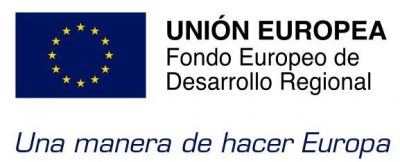|
Polycyclic aromatics hydrocarbons (PAH) are composed by the incomplete combustion and the pyrolysis of the organic material. Both natural sources (forest fires, volcanic eruption, etc.), and anthropogenic sources (vehicle emissions, catalytic oil cracking, industrial combustions of fossil fuels, etc.) contribute to the release of PAH in the environment. Those substances are considered by the regulation of European Union and USA, as primary pollutants because they represent the major group of waste classified as carcinogenic, mutagens or toxic substances for reproduction. PAH may be incorporated in plastic and rubber components of a large consumer goods range. They are present as impurities in some of the raw materials used in the production of those articles: – Pollutants extender oils with PAH that are used in rubber and flexible plastics. – Black carbon used as black pigment in rubber and plastics. They are not added intentionally to the articles and they do not have any specific function as component of plastic and rubber formulations. The information provided to European competent authorities indicates that articles that contain PAH could represent a risk for the consumer health by ingestion, skin absorption and, in some cases, by inhalation. To protect the health of the consumers against the risks deriving from the exposure to PAH in consumer goods, the European competent authorities have established limits concerning their content in plastic and rubber accessible component, forbidding the marketing of those who contain PAHs in high concentration, that is to say > 1 mg/kg. Considering the vulnerability of children, they have established a lower limit. Consequently, as determined by the Annexe XVII of the Regulation (CE) Nº 1907/2006 is forbidden the marketing of toys and childcare articles who contain PAHs in a concentration superior to 0,5 mg/kg in their accessible plastic and rubber parts. For the development of this activity initially they will conduct a documentary analysis in distinct data basis and scientific publications to know the behaviour mechanisms of the PAH and to be able to set up actions to be carried out to reduce their starting concentration in a raw material. Then, they will compile distinct raw materials that contain PAHs over the legal limit of 0.5 mg/kg. Those raw materials of rubber and flexible plastic will be used as original sample for the development of formulations and the processing operation. Finally, they will applicate knowledges achieved during the initial analysis to try to reduce the PAH effect in raw materials originally selected. The PAHs are presented as impurities in some of the raw materials used in the production of infantile products like toys or childcare articles. Principally, those unwanted substances are present in rubbers and flexible plastics, with an increased incidence in black-grey coloured plastics and in recycled plastics. It has been possible to determine that from raw materials containing a high concentration of PAHs, it’s impossible to find out a formulation characteristics that permits to reduce reliably the presence of those substances. In conclusion, using additives without PAHs in the raw materials formulations is the best method to ensure their absence.
Sectores de aplicación:
ÁREAS TECNOLÓGICAS
Contacto Coordinador:
|


